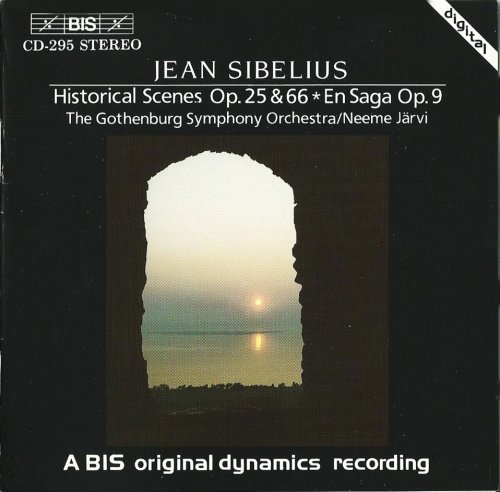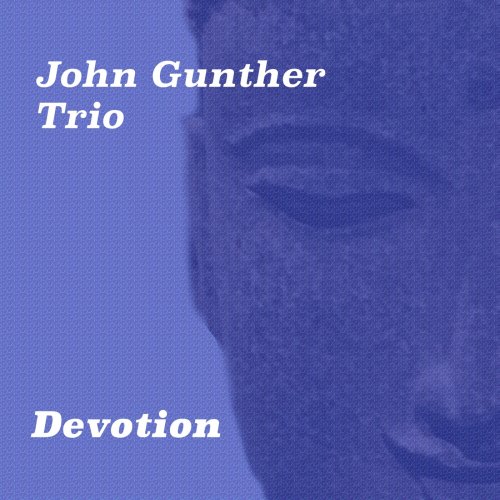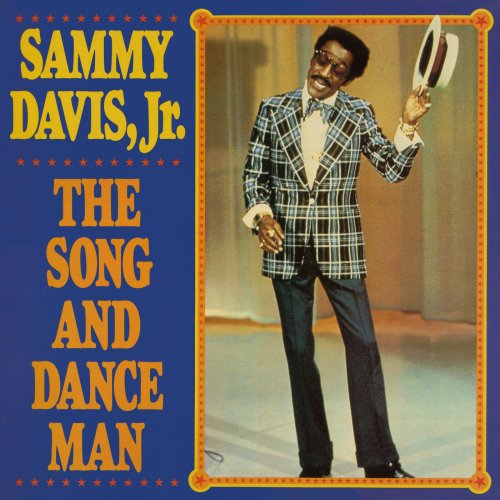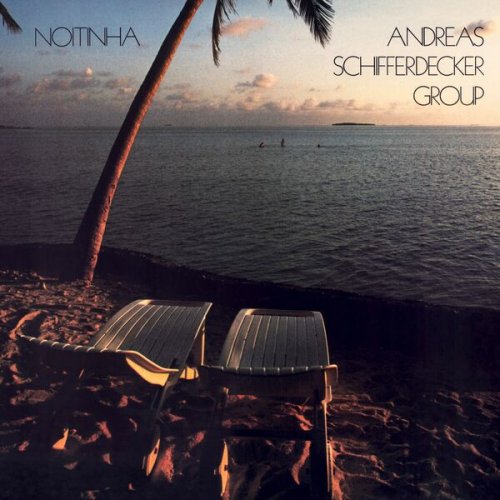Gothenburg Symphony Orchestra, Neeme Järvi - Sibelius: Historical Scenes, En Saga (1986)

Artist: Gothenburg Symphony Orchestra, Neeme Järvi
Title: Sibelius: Historical Scenes, En Saga
Year Of Release: 1986
Label: BIS
Genre: Classical
Quality: FLAC (image+.cue,log,scans)
Total Time: 55:12
Total Size: 271 Mb
WebSite: Album Preview
Tracklist: Title: Sibelius: Historical Scenes, En Saga
Year Of Release: 1986
Label: BIS
Genre: Classical
Quality: FLAC (image+.cue,log,scans)
Total Time: 55:12
Total Size: 271 Mb
WebSite: Album Preview
01. Scènes Historiques I (3), suite for orchestra, Op. 25- All'Overtura [0:04:44.12]
02. Scènes Historiques I (3), suite for orchestra, Op. 25- Scena [0:06:18.00]
03. Scènes Historiques I (3), suite for orchestra, Op. 25- Festivo [0:07:20.00]
04. Scènes Historiques II (3), suite for orchestra, Op. 66- La Chasse. Ouverture [0:06:36.00]
05. Scènes Historiques II (3), suite for orchestra, Op. 66- Chant d'amour [0:04:38.00]
06. Scènes Historiques II (3), suite for orchestra, Op. 66- Près du pont-levis [0:06:49.00]
07. En Saga, tone poem for orchestra, Op. 9 [0:18:51.60]
Performers:
Gothenburg Symphony Orchestra
Neeme Järvi – conductor
The sound on this 1986 BIS recording is simply (and unobtrusively) outstanding, and Neeme Jarvi makes the most of it in these relatively less-important Sibelius pieces. I say "relatively" because even in the earliest pieces here, "En Saga" and the Op. 25 Historical Scenes suite, Sibelius reveals himself as a master orchestrator: just as sound alone, with all the variety in texture and dynamics, this recording is a constant pleasure. There are moments in the early "En Saga" that anticipate the mature Sibelius -- the creepy string figures leading into the brass climax, and the haunting woodwinds dying away following that apparent climax are riveting, and the earlier part of the tone poem sets them up by seeming light and even dance-like, so that the turn to something more sobering is very striking indeed. Jarvi's control over the whole 18+ minute span is impeccable, and the Gothenburg players play magically for him. The Op. 25 Historical Scenes are altogether more ordinary, but beautifully scored for all that -- the second item in the suite (titled "Scene") has a nice martial feel, and like the whole suite it's an assertion of Finnish nationalism in face of a Russian threat in 1899 -- all of which makes the Spanish-sounding final item (complete with castanets!) a bit odd, but engaging on its own terms. The later Historic Scenes suite (Op. 66, from 1911) is more imaginatively scored: its opening movement has a scherzo-ish feel, while the second movement ("Chant d'Amour") opens with a bleakish sound that is then beautifully relieved by the harp. The final item ("On the Drawbridge") is a lovely toe-tapper. So -- not major Sibelius, but worth hearing, a constant pleasure, and as well done and recorded as it could be!
![Thelonious Monk Septet - Monk's Music (Remastered, 2022) [DSD64] Thelonious Monk Septet - Monk's Music (Remastered, 2022) [DSD64]](https://www.dibpic.com/uploads/posts/2025-12/1765434995_front.jpg)
![divr - Live At Cully Jazz (Live) (2025) [Hi-Res] divr - Live At Cully Jazz (Live) (2025) [Hi-Res]](https://img.israbox.com/img/2025-12/12/xmcmwpwdqm3q0bglwqr3joh4t.jpg)
![Nigel Price Organ Trio - It's On! (2025) [Hi-Res] Nigel Price Organ Trio - It's On! (2025) [Hi-Res]](https://www.dibpic.com/uploads/posts/2025-12/1765455590_qdrxk5okcm0kb_600.jpg)

![John Abercrombie, Dave Holland & Jack DeJohnette - Gateway (1975/2025) [Hi-Res] John Abercrombie, Dave Holland & Jack DeJohnette - Gateway (1975/2025) [Hi-Res]](https://www.dibpic.com/uploads/posts/2025-12/1765471735_cover.jpg)

![Thomas Wenglinski - Something Always Happens (2025) [Hi-Res] Thomas Wenglinski - Something Always Happens (2025) [Hi-Res]](https://www.dibpic.com/uploads/posts/2025-12/1765497916_fg7n35hdbubsa_600.jpg)

